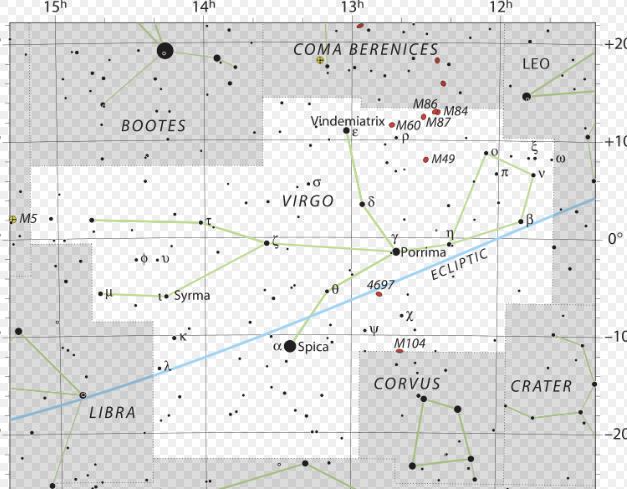| ACQUISITION | PARAMETRES ACQUISITION | |||||
| Objet | Filtres | Bin | Temps Pose | Nombres Poses | Temps Total | |
| Nom | Chaine de Markarian | Luminance G=0 O=40 | 1 x 1 | 120” | 230 | 7h66 |
| Constellation | Vierge | Rouge G=0 O=40 | 1 x 1 | 120” | 76 | 2h53 |
| Distance | 70 Millions AL | Vert G=0 O=40 | 1 x 1 | 120” | 64 | 2h13 |
| Détail prise de vue | Bleu G=0 O=40 | 1 x 1 | 120” | 56 | 1h86 | |
| Lieu | Alentejo Portugal | S2 | 1 x 1 | |||
| Date acquisition | 21/04 au 06/05/22 | Hα | 1 x 1 | |||
| Setup | O3 | 1 x 1 | ||||
| Instrument | FSQ 106 | Totaux | 426 | 14h20 | ||
| Diamètre | 106 mm | Bias | ||||
| Focale | 530 mm | Dark | ||||
| Rapport F/D | 5 | Flat | ||||
| Monture | EQ6 Pro Skywatcher | Acquisition faite par | Team ARO | |||
| Caméra acquisition | ZWO Asi 6200 MM | Traitement fait par | Team ARO | |||
| Caméra de guidage | Lodestar X2 | Logiciels utilisés | ||||
| Montage de guidage | DO Starlight X press | Acquisition | TheSkyX , Focusmax, Maxpilote | |||
| Echantillonage | 1,46 arcs | Traitement | Pixinsight, Photoshop | |||
COMMENTS ON THE OBJECT:
The Markarian Chain is a group of galaxies belonging to the Virgo Cluster. It is named after Benjamin Markarian who discovered that they have a common motion. The chain comprises eight galaxies including M84 (NGC 4374), M86 (NGC 4406), NGC 4477, NGC 4473, NGC 4461, NGC 4458, NGC 4438 and NGC 4435. Other galaxies are visible in the field of view but are not part of this association.
The Markarian Chain is part of the Virgo Cluster, a large cluster of galaxies close to us, at a distance of 15 to 22 Mpc (∼48.9 to 71.8 million a.l.). It was discovered by Charles Messier in 1781 who mapped many of its most important galaxies, including the giant galaxy M87.
This cluster is at the centre of the Virgo supercluster, of which the Local Group where our Galaxy is located is a part. It is located in the constellation Virgo and has an angular diameter of about 8 degrees. It contains approximately 1300-2000 galaxies, many of which are visible with a small telescope. The precise distance to the cluster is not well known; the best current estimates, based on Cepheids using the Hubble Space Telescope, give an average distance of about 20 Mpc.
The cluster is an irregular aggregate of at least three sub-clusters centred on the galaxies M87, M86 and M49. The largest is the one centred on M87, with an approximate mass of 1014 solar masses, which is about an order of magnitude higher than the other two.
The cluster is a heterogeneous mixture of spiral and elliptical galaxies. At present, it is assumed that the spiral galaxies are distributed in an elongated filament, about 4 times as long as it is wide, extending from the Galaxy to the W Cloud.
The following galaxies are found in the Virgo cluster: M49, M58, M59, M60, M61, M84, M85, M86, M87, M88, M89, M90, M91, M98, M99, and M100.
